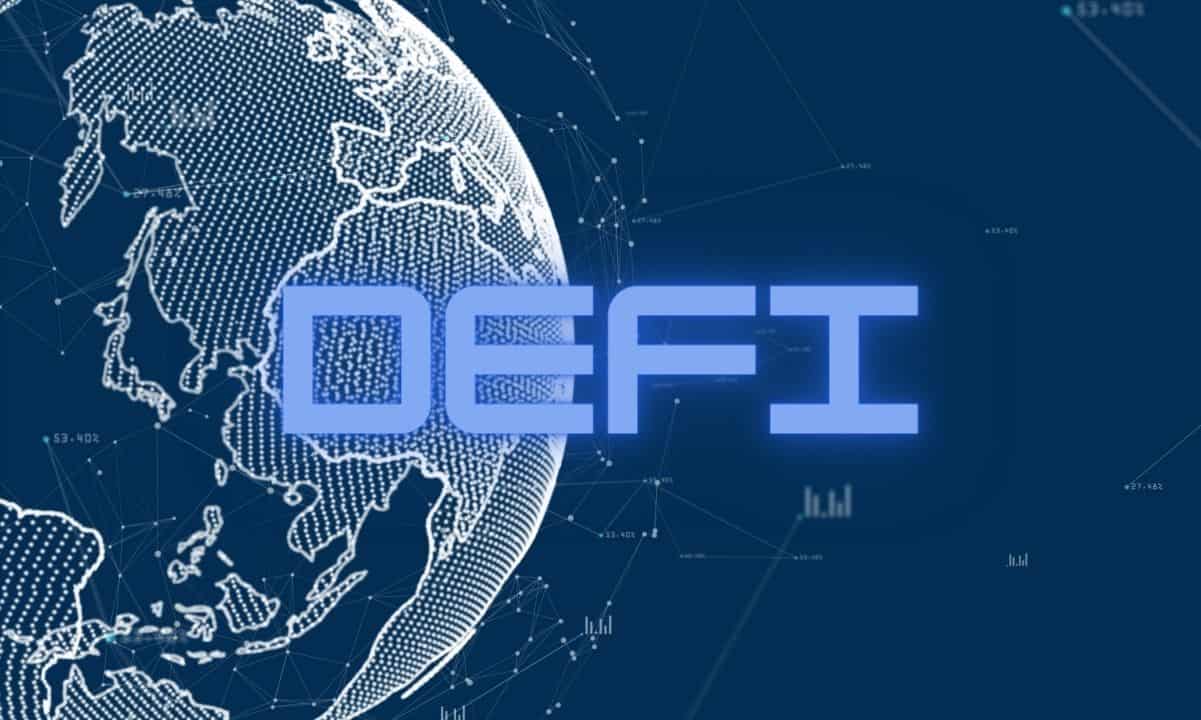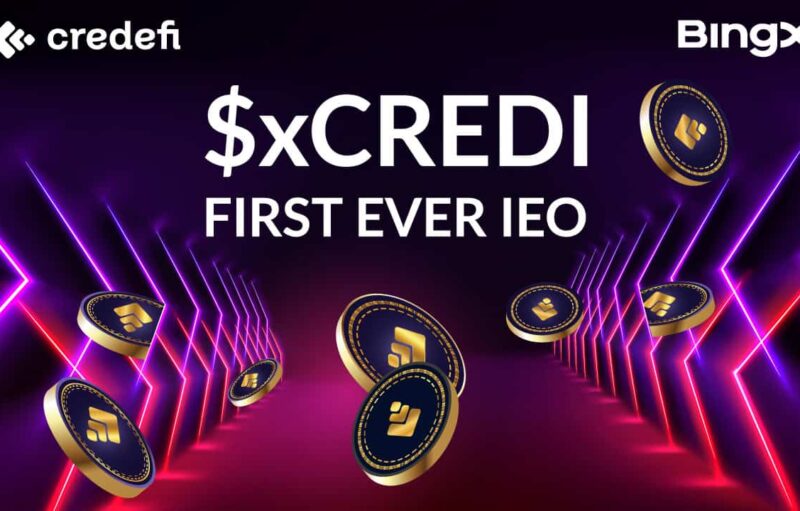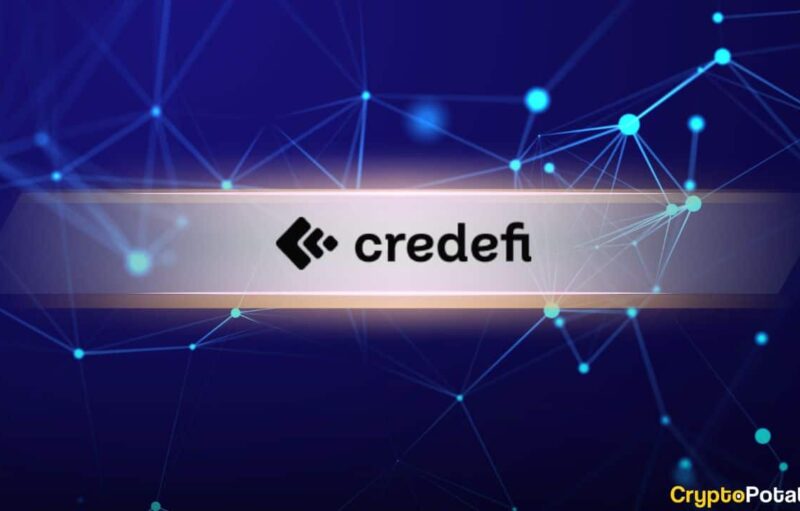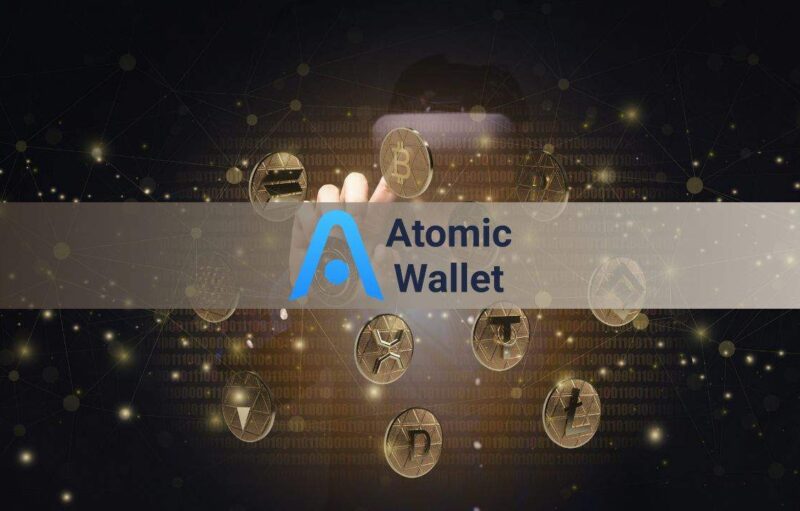
[Featured Content]
There is an estimated $256 trillion worth of real-world assets such as real estate, privately-held companies, commodities, and more. Most of them are highly illiquid and beyond the reach of small investors.
Bringing them on the blockchain and enabling people to own fractional pieces of them will democratize access to such assets. It will also ensure that the asset owners have easy access to funding and buyers.
For example, can you buy shares of SpaceX? Unless you are Elon Musk’s cousin, the US government, or a billionaire tech investor, your chances were close to zero for a long time. Fortunately, now we have DeFi interchangeable asset protocols like Convergence Finance that enable the masses to buy SpaceX shares easily. Convergence is bridging the gap between the real-world asset exposure and the liquidity of DeFi, enabling us to trade real-world assets and present the legal ownership rights.
It is just one example of how infusing DeFi liquidity could unlock value in the $256 trillion worth of real-world assets.
The line between traditional finance (TradFi) and decentralized finance (DeFi) is getting blurred, especially in the digital assets space. Crypto traders and investors have shown a clear appetite for real-world assets exposure without leaving the crypto ecosystem.
Wrapping the illiquid real-world assets into tokens and fractionalizing them paves the way for retail investors to access them without involving intermediaries. While tokenizing assets increases liquidity and reduces transaction fees, fractionalizing them lowers the barriers to entry for illiquid asset classes.
Tokens Bring DeFi Liquidity to Real-World Assets
Not too long ago, the World Economic Forum (WEF) estimated that about 10% of the global economic output would be stored on the blockchain by 2025.
But how do you put the real-world value on the blockchain? By wrapping the rights to them into a digital token and adding these tokens to a liquidity pool. Tokens create a digital proof of ownership.
A token representing a real-world asset is similar to how derivative products such as options, futures, and swaps in traditional finance represent an underlying asset. When you trade a token, you are effectively trading rights to the underlying asset.
For instance, the ConvO token wrapping layer of the Convergence protocol allows asset owners to bring their real-world assets into the DeFi ecosystem by creating the Wrapped Security Tokens (WSTs) that represent the underlying asset.
You place the WSTs in a liquidity pool on Convergence’s ConvX automated market maker (AMM). Since traders, fund managers, and crypto investors from around the world can participate in buying and selling the WSTs, you have access to massive liquidity. There are no geographical or jurisdictional barriers. It also allows for real asset price discovery.
Convergence ensures that the rights to the asset are transferred to the future token buyers. So, the token holders realize the benefits of real-world asset exposure from both the on-chain and off-chain perspectives.
Fractionalization Gives Small Investors a Piece of Action
Imagine a football match between Manchester United and Barcelona. Some of the world’s best players are on the ground, but only a wealthy individual is allowed to watch the match. Millions of football fans worldwide can’t watch it. They can only see the reactions of the wealthy individual.
That’s what is happening with many high-value, investment-grade assets today, including NFTs and private companies like SpaceX. Fractionalization fixes this.
Right now, most of the investment-grade NFTs are owned by whales. Millions of investors can’t afford to buy them. The price is a huge barrier to entry. To make such assets available to small investors, Convergence allows asset owners to trade fractional shares of NFTs, unlisted crypto project tokens, etc.
Fractionalizing also allows the masses to decide which assets are beneficial to them and to the ecosystem.
Conclusion
People’s appetite for real-world exposure to the blockchain is only growing. Rather than sitting idle on the sideline, they want to own pieces of privately-held companies, investment-grade NFTs, and unlisted crypto-project tokens. DeFi protocols like Convergence enable them to access exotic assets and explore new use cases.
Binance Futures 50 USDT FREE Voucher: Use this link to register & get 10% off fees and 50 USDT when trading 500 USDT (limited offer).
PrimeXBT Special Offer: Use this link to register & enter POTATO50 code to get 50% free bonus on any deposit up to 1 BTC.
The post appeared first on CryptoPotato






